You and I aren’t looking at the same car. What you’re looking at is a racing version of a Porsche 911 and, until I had driven it, that’s what I would have done too.
But now I’m looking at… well, I think I’ll use Porsche’s words for that: a single-seat racing car built for the FIA/GTE category. Which means Le Mans and the other rounds of the World Endurance Championship.
But surely this car called the 911 RSR-19 is a 911? Perhaps. But ask someone who knows to point out parts that can be carried over from even a 911 GT3 RS and they will take you to the plastic covers on the lights at the rear and the badge on the bonnet. That’s literally it. Put another way, compared even with its RSR-17 predecessor, which was also based on the 991-generation 911, 95% of parts are new.
Maybe that’s why the RSR-19 won the GT Pro category of 2019’s WEC and pole in its class at Le Mans this year. It’s first, second and third a very serious racing car and a 911 only some distance after that, even if it initially might not seem so. Because you could look at its specification and snort that it has only 508bhp – fewer even than the standard street GT3 RS. It has a mere six cogs in its gearbox, rather than the road car’s seven. And you can’t even get ceramic brakes for your RSR-19, not even at – wait for it – €1 million (£890,000) a pop.
The first suggestion that there’s rather more going on here than might at first be apparent is that the engine isn’t where it should be. If we know just two things about the 911, regardless of age or price, it’s that it has a flat-six engine located behind the rear axle. Except this one doesn’t. This one is mid-engined, as was the RSR-17. You might wonder how on earth rules that are intended to keep cars at least based around their road-going siblings could possibly allow a car to be so fundamentally altered, and the answer is that usually they wouldn’t. But the rules say that you have to use the same platform and, in this case, that platform also produces the mid-engined 718 Boxster and 718 Cayman, so flip the engine and gearbox through 180deg and, voilà , you have a mid-engined 911.
This is a smart move on Porsche’s part, and not for the most obvious reason. Of course centralising such a large mass makes sense, but that’s not why Porsche did it. Far more compelling was the space at the back of the 911 made available by the recently vacated motor, where an enormous diffuser could now reside. And this provides the clue to what actually makes this car so special: it’s an absolute aero monster.



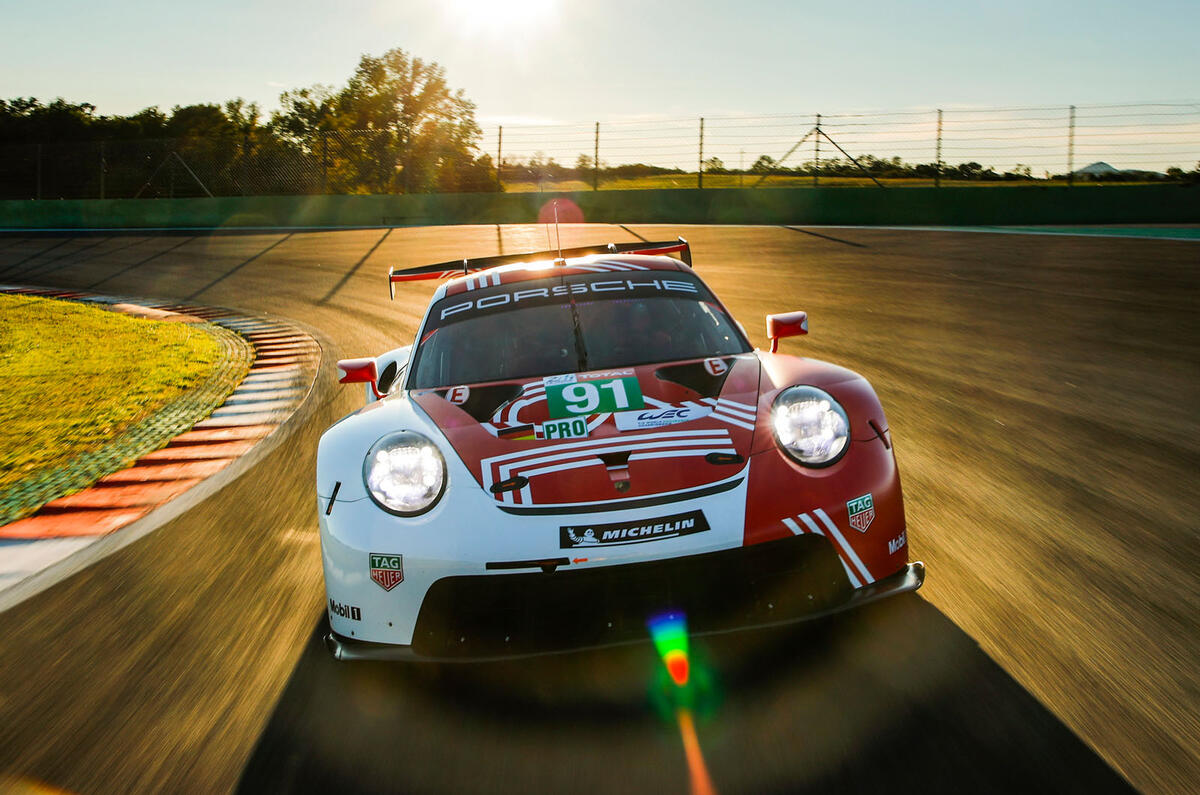
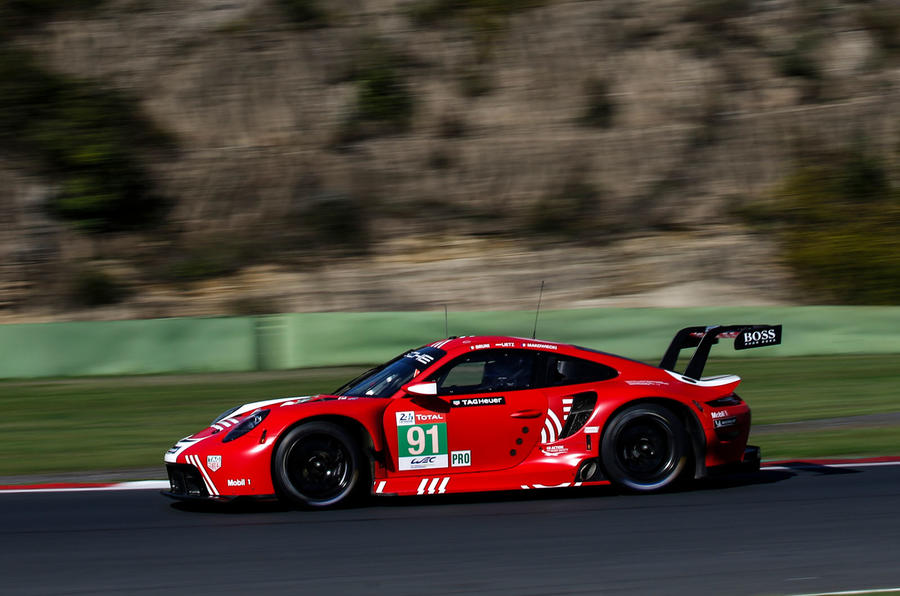

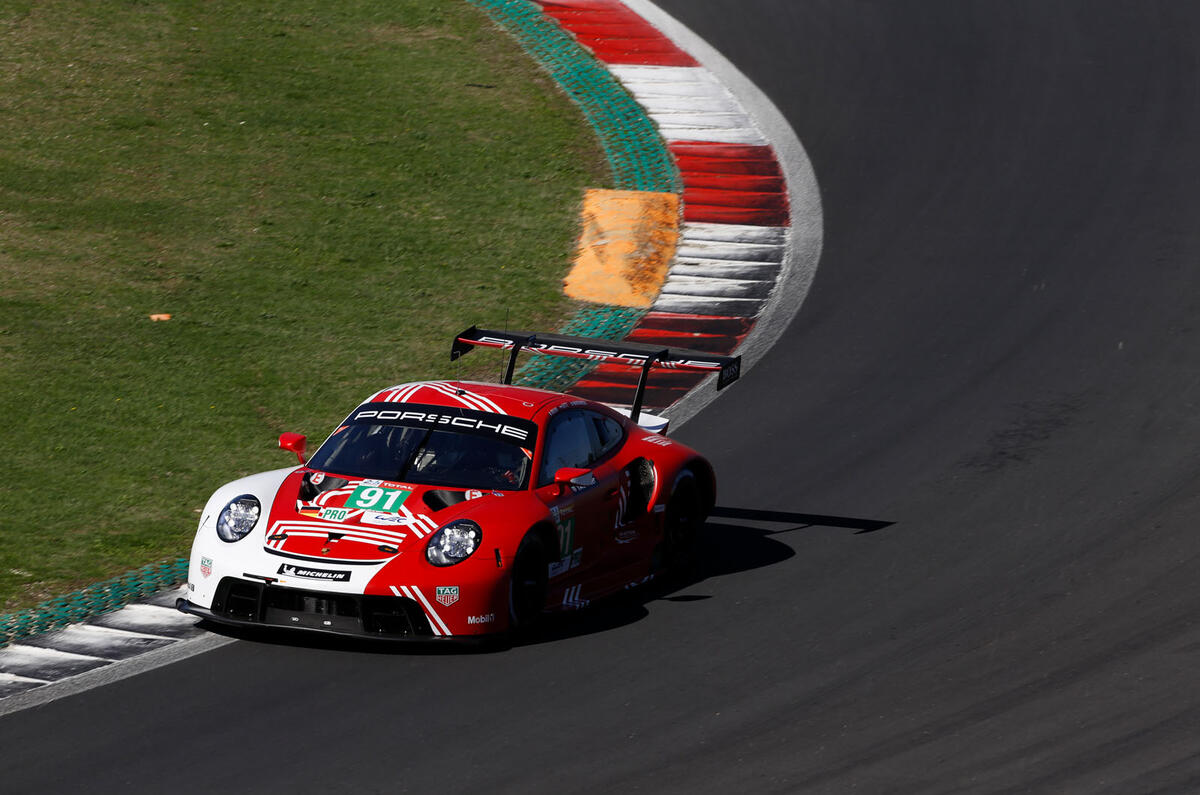


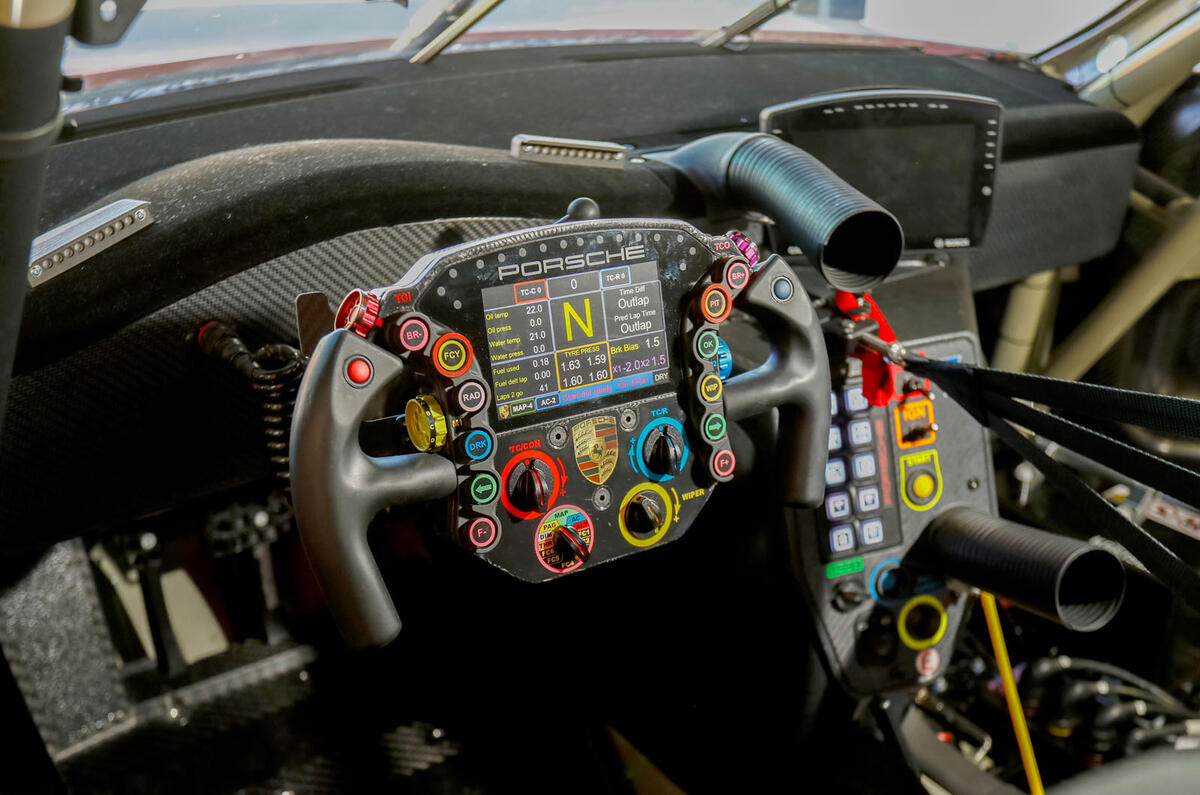




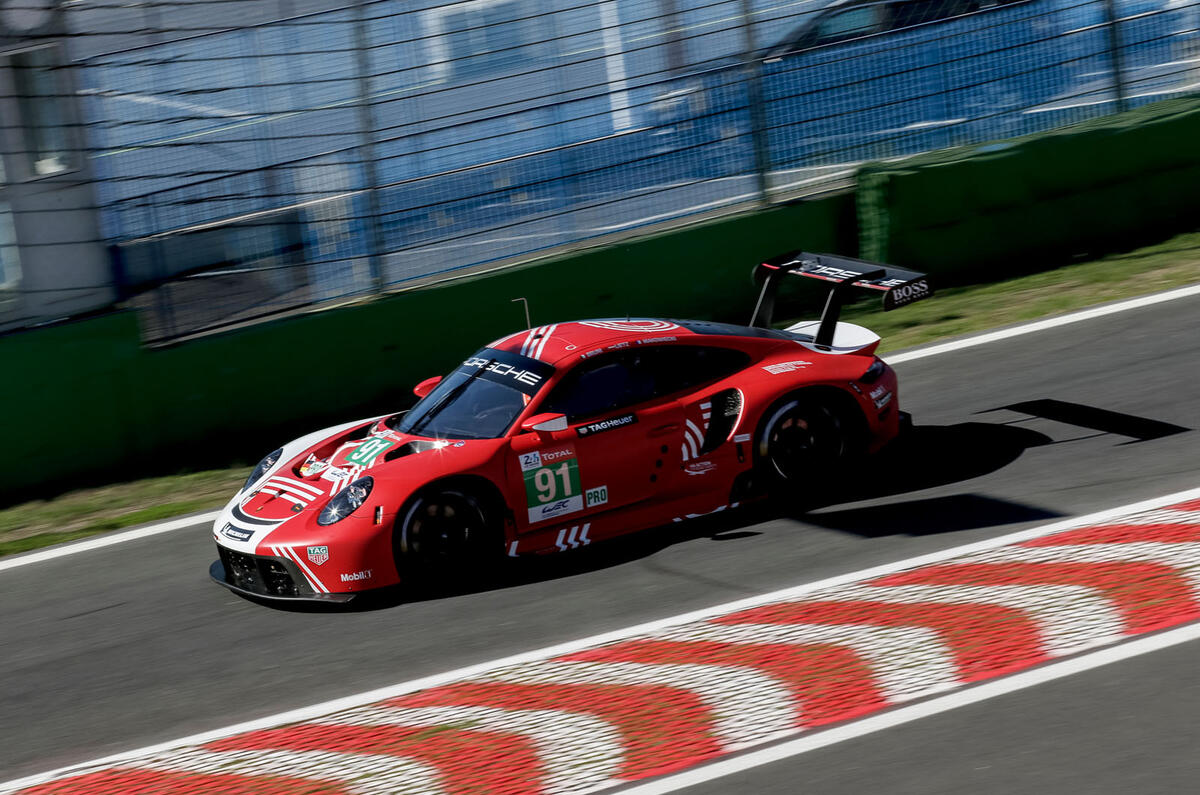




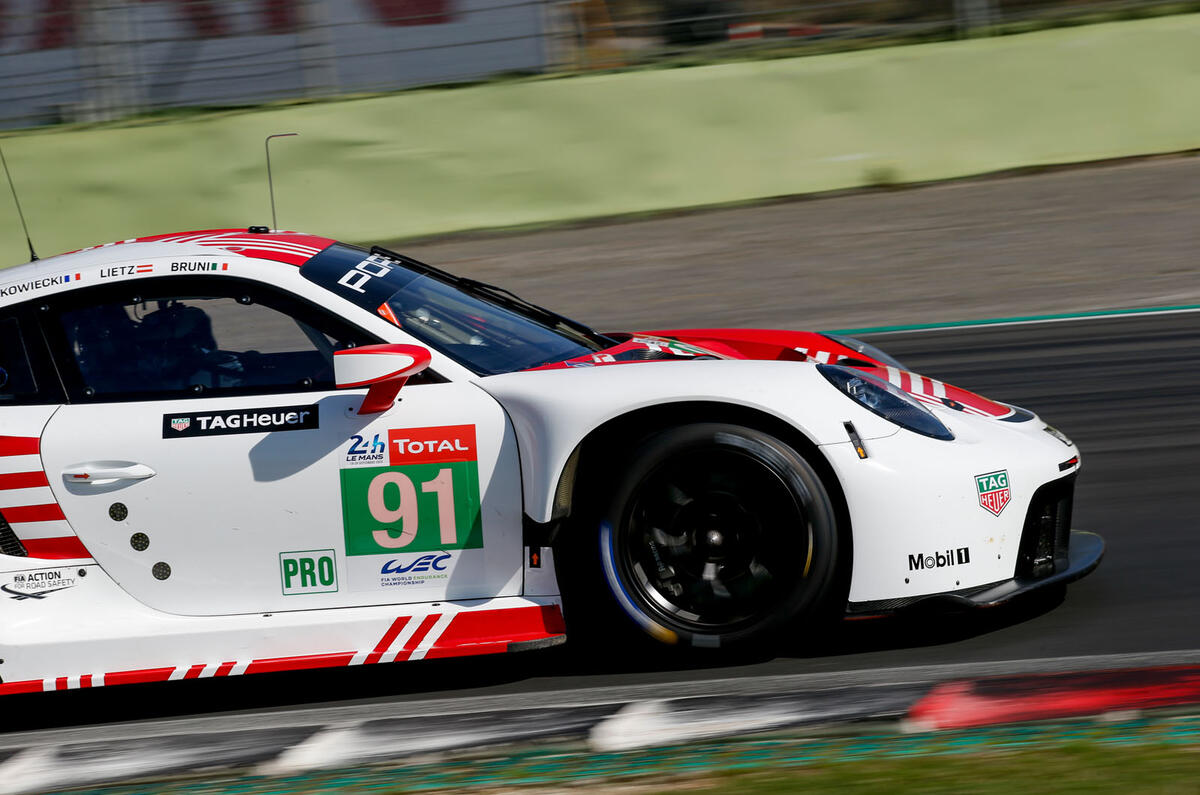

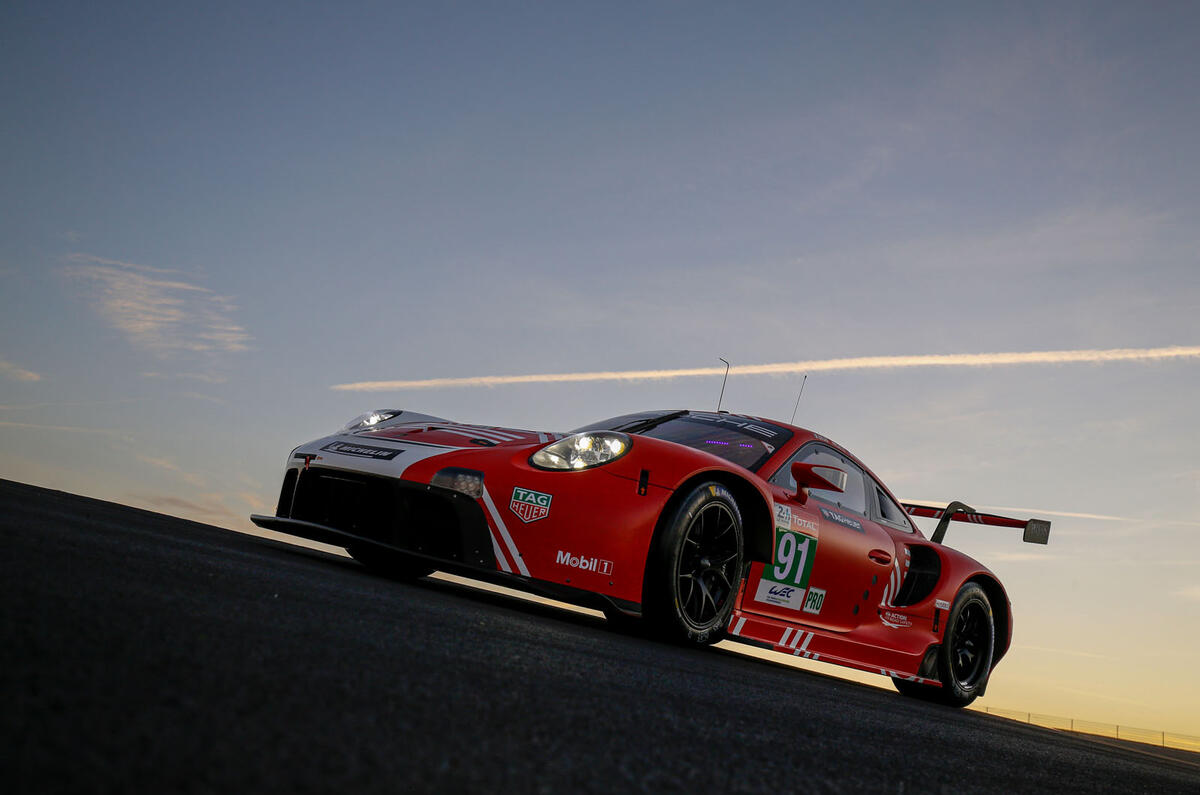

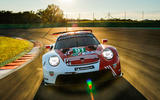
























Join the debate
Add your comment
The Porsche 911 should absolutely be mid-engined. The 718 lineup should be dropped and replaced by a 912 narrow body version of the next generation mid engine 911. The shape of the car can be maintained, but you get a huge lift back hatch to complement the frunk. The back seats are literally useless in a 911 especially with the advent of the Taycan. Make the 911 the halo car it deserves to be. Then Audi and Lambo can use the same bones for their mid engine sports cars ideally using a turbo 5 and a V10 respectively.